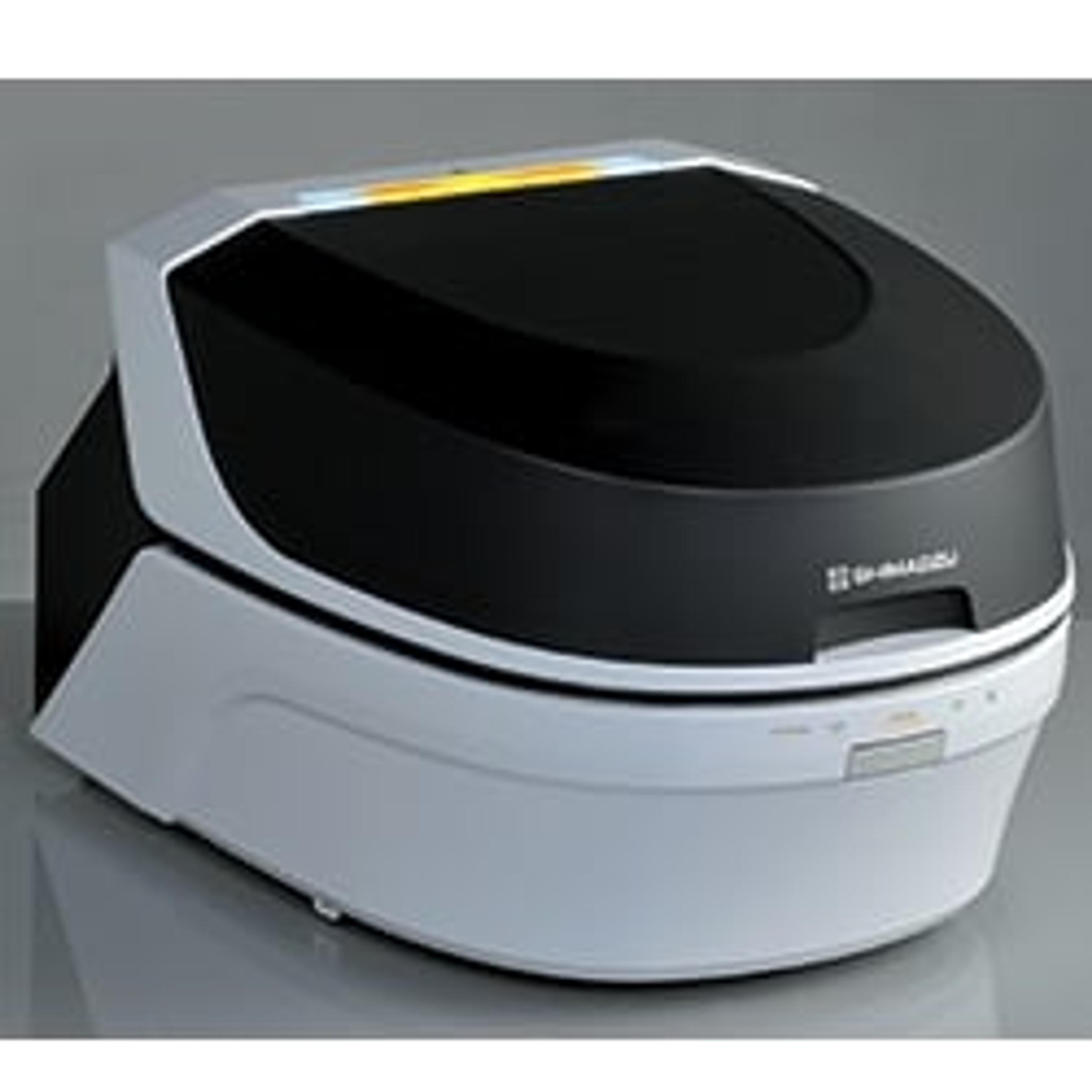Shimadzu's New EDX-7000 and EDX-8000 High Performance Energy-dispersive X-ray Fluorescence Spectrometers Offer Outstanding Flexibility and Easy Operation
2 Sept 2013
Shimadzu Corporation proudly announces the release of its new energy-dispersive X-ray fluorescence spectrometer series the EDX-7000 (Measurement range: 11Na to 92U) and EDX-8000 (Measurement range: 6C to 92U). Offering excellent sensitivity, resolution, and flexibility, they can be applied to a variety of industries and applications, from environmental assessments such as RoHS or ELV directives for the control of regulated materials to unique general-research analysis needs that require precise, high-sensitivity measurements.
Energy-dispersive X-ray fluorescence spectrometry is a simple, rapid, non-destructive elemental analysis technique, leading to its widespread use by manufacturers. In particular, it has been broadly adopted and implemented by most electrical and electronics manufacturers due to global enforcement and regulation protocols of hazardous substances such as RoHS and ELV. The necessity for elemental analyses has also increased in the area of materials analysis research; hence, the user requirements for instrument function and performance have evolved and become more complicated. For regulated analyses such as RoHS and ELV, users require applications that are at once more flexible yet intuitively simple to operate. In research cases, users require higher sensitivity and precision. Shimadzu engineered this new line of energy-dispersive X-ray fluorescence spectrometers address such diverse groups of different users and their needs for a flexible, sensitive, and easy-to-operate system.
Feature of New Product
1. High sensitivity
The EDX-7000 and EDX-8000 instruments achieve the same sensitivity level as the previous generation of systems, in maximum one-tenth the time - an ideal product for applications requiring high sample throughput. For the researcher requiring high performance, the new systems achieve a 1.5 to 5 x better detection limits and sensitivity than previous models.
2. Resolution
The EDX-7000 and EDX-8000 achieve better energy resolution and signal-to-noise ratio than the conventional generation of liquid-nitrogen-cooled detectors. The improved resolution allows clearer peak separation when analyzing samples containing multiple elements, thereby increasing reliability.
3. Large Sample Chamber
Both systems employ a large sample chamber that can accommodate many sample types, as large as 210 mm x 297 mm x approx. 100 mmH, with little to no sample pretreatment.
4. Reduced Analysis Costs
The EDX-7000 and EDX-8000 feature a high performance, Peltier-cooled, semiconductor detector, which reduces running costs and maintenance requirements.
5. Light Element Analysis
By incorporating atmospheric replacement systems (optional), the EDX-7000 and EDX-8000 can measure light elements with high sensitivity. Options include Vacuum Displacement and Helium Replacement (Helium Replacement is only available for EDX-7000). With these options, the EDX-7000 can measure from sodium to uranium, while the EDX-8000 can measure from carbon to uranium, with good sensitivity for light elements. Measurements of sodium, magnesium and aluminum in absorbent or hydrate samples, such as living, wood, and building materials, are now possible with unprecedented sensitivity.
6. Flexible Operation for All Users
The easy-to-use software package, PCEDX-Navi, is supplied standard. It provides basic functionality with an emphasis on ease-of-use for even the most beginners in environments such as purchasing, factory, and inspection departments, in performing regulated analyses such as RoHS or ELV. The systems also come standard with a more lab-oriented software package called PCEDX-Pro, which supports more advanced functions for analytical conditions or reprocessing data in the research arena.

